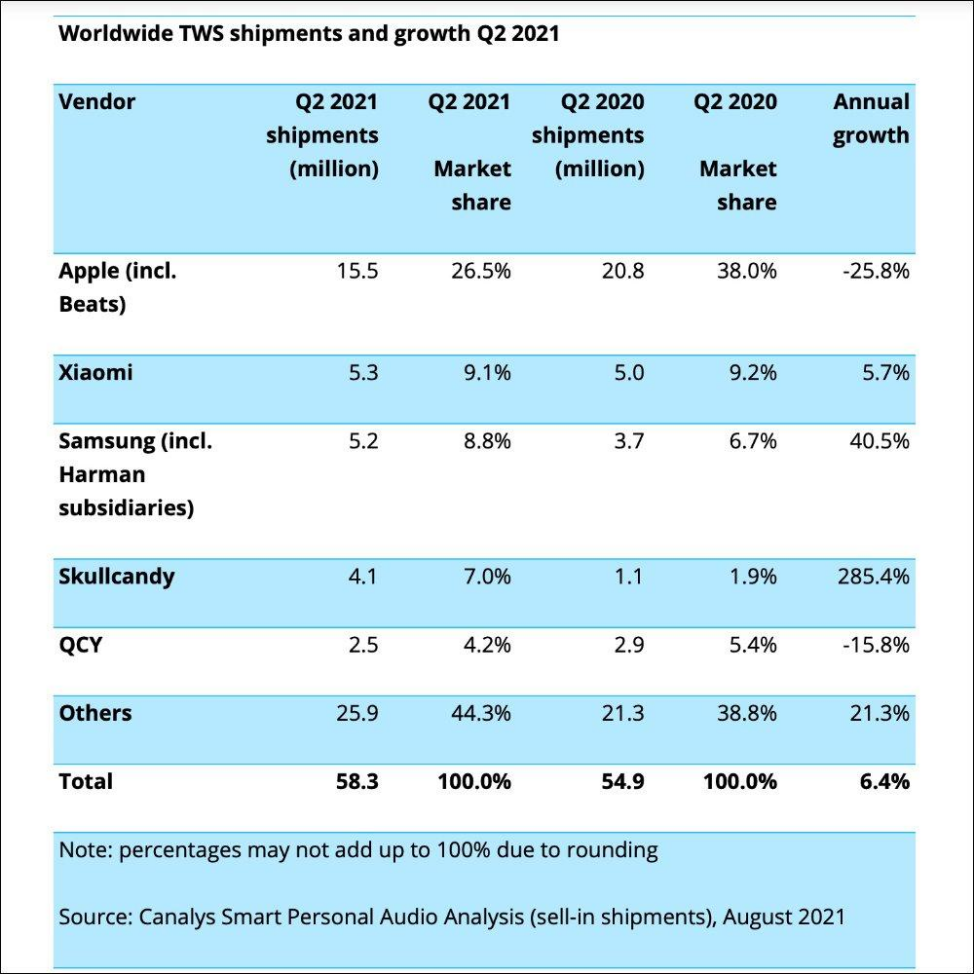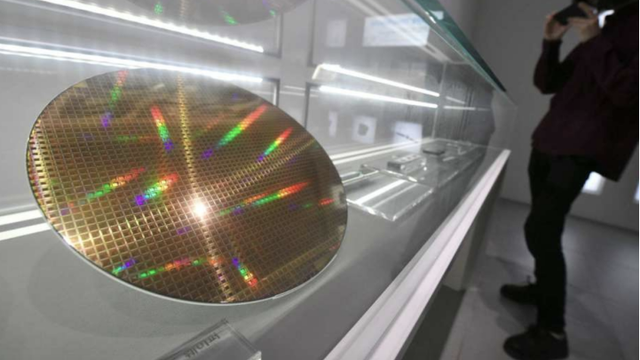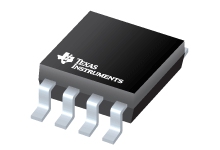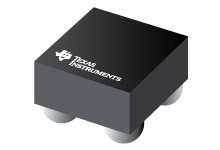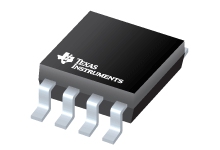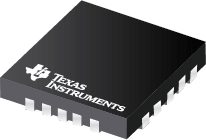LTC6806


概览
36 Measurement Channels Monitor up to 144 Fuel Cells in Series
Channel Measurement Range: ±5V
Cell Stack Voltage Range: –80V to 150V
Operates from a Single 5V Supply
Stackable Architecture Supports Large Fuel Cell Stacks
Built-In isoSPI™ Interface
1MB/s Isolated Serial Communications
Uses a Single Twisted Pair, Up to 100 Meters
Low EMI Susceptibility and Emissions
Bidirectional for Broken Wire Protection
15mV Total Measurement Error
6.75ms to Measure All Cells in a System
Delta-Sigma Converter with Built-In Noise Filter
Six General Purpose Digital I/O or Analog Inputs
Temperature or Other Sensor Inputs
12μA Sleep Mode Supply Current
64-Lead LQFP Package
AEC-Q100 Qualified for Automotive Applications
The LTC6806 is a fuel cell monitor that measures up to 144 Series Connected Fuel cells with a total measurement error of less than 15mV. The LTC6806 includes 36 input channels, each with a ±5V measurement range allowing each channel to measure from 1 to 4 series-connected fuel cells.
All 36 inputs can be measured within 6.75ms in fast ADC mode. Lower data acquisition rates can be selected for high noise reduction. In the normal ADC mode, all cells are measured within 10.3ms, with a total measurement error of less than 15mV.
Each LTC6806 has an isoSPI interface for high speed, RF-immune, long distance communications. Two communication modes are available by pin selection: in daisy-chain mode, multiple devices are connected in a daisy chain with one host processor connection for all devices; in parallel mode, multiple devices are connected in parallel to the host processor, with each device individually addressed.
Multiple LTC6806 devices can be connected in series, permitting simultaneous cell monitoring of very large fuel cell stacks. As shown in the typical application, twelve LTC6806s are connected in series to monitor 432 fuel cells. Alternatively, 432 cells can be monitored using six ICs by monitoring groups of two cells, or four ICs by monitoring groups of three cells.
Applications
Fuel Cell Electric and Hybrid Electric Vehicles
Backup Power Systems
High Power Portable Equipment


